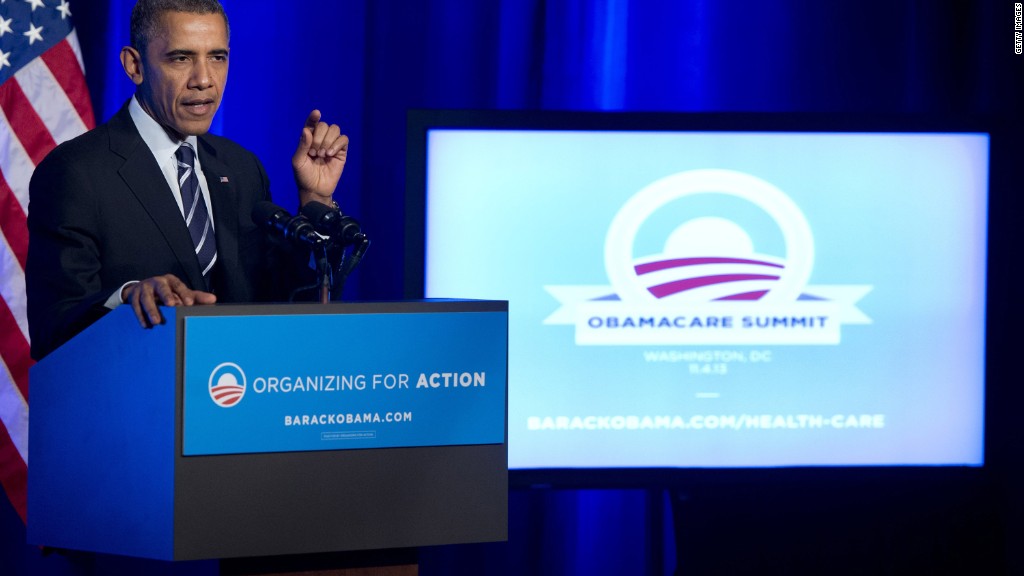
Donald Trump and Hillary Clinton have wildly divergent views on how to handle health insurance.
A new report from Rand Corp., funded by the non-partisan Commonwealth Fund, seeks to put some numbers on the impact of each candidates' proposals on health insurance coverage and on the federal deficit.
Obamacare, which has allowed individuals to buy insurance since 2014, has pushed the share of uninsured down to a record low 8.6%, according to federal data.
Some 24.9 million Americans will lack coverage in 2018, according to Rand.
Under Trump's proposed plan, the number of Americans without insurance would soar by 20.3 million, mainly because of his vow to repeal Obamacare, the study concluded.
Clinton's proposed policies, meanwhile, would lower the number of uninsured by 9.1 million, largely because she would offer a tax credit to help pay for premiums and out-of-pocket costs, Rand found.

The analysis only looks at the proposals that the candidates have fleshed out. Rand will update the report if more details become available.
Related: What Clinton and Trump would do about Obamacare
For Trump, Rand looked at the effect of three proposals: Repealing Obamacare and instead allowing people who buy their own coverage to deduct premium costs from their taxes; giving states a fixed amount of money to cover low-income Americans under Medicaid, instead of paying for a share of each enrollee's cost; and allowing health insurers to sell coverage across state lines, which he says will increase competition and reduce costs.
For Clinton, Rand considered the impact of providing a tax credit to those with individual insurance whose premiums and out-of-pocket costs exceed 5% of their income; lowering consumers' contribution to their Obamacare premiums to 8.5% of income, from 9.66% now; adjusting the health reform law to allow workers to receive Obamacare subsidies if their job-based premiums for family coverage exceed 8.5% of their income, and adding a government-run health plan, known as a public option, to Obamacare.
Related: Obama calls for 'public option' for Obamacare
When it comes to the federal deficit, Trump's plan would increase the federal deficit by $5.8 billion. Providing a tax deduction and allowing the sales of insurance across state lines would increase the deficit, but the jump is offset by turning Medicaid into a fixed grant to states, which would save the federal government $33 billion.
Clinton's plan would cause the deficit to soar $88.5 billion, mainly because of the tax credit.
The Trump campaign challenged the study's conclusions and said its estimate that 20 million people would lose their insurance under Trump's proposals was "ludicrous." The campaign countered that the study's authors based the estimates on a plan that does not exist. It criticized Rand and Commonwealth for not speaking to Trump staffers.
"President Trump will work with Congress to create a patient-centered health care system that promotes choice, quality and affordability that will result in more people having the health care they deserve," the campaign said in a statement. "...any replacement we would adopt would ensure that those now receiving 'premium support' would be given subsidies or other forms of support to purchase health insurance in the private market through Health Savings Accounts."
Clinton's team also took issue with the study's methodology.
"There were clearly some faulty assumptions made in this analysis that over-inflated the cost of the plan," said Jacob Leibenluft, senior policy adviser. "Other independent estimates have set the cost vastly lower."


